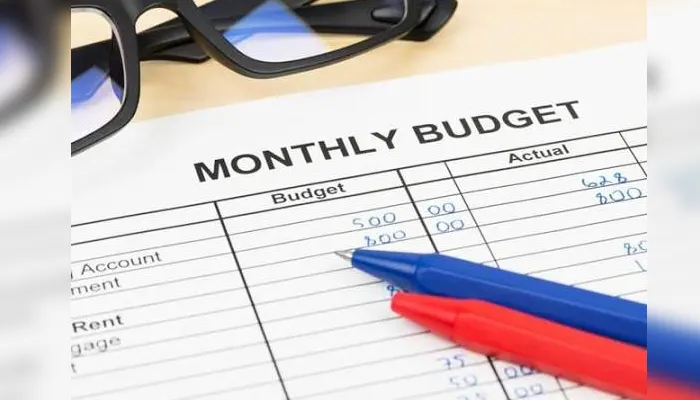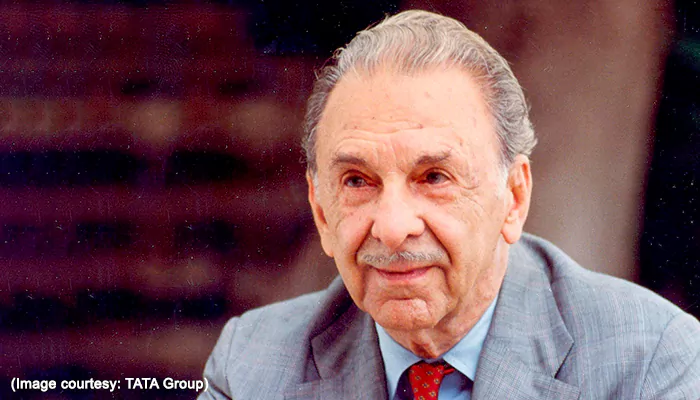
Discover the top business headlines that are trending across the world today!
India’s Luxury Car Market Soars: Over 6 High-End Vehicles Sold Every Hour in 2024
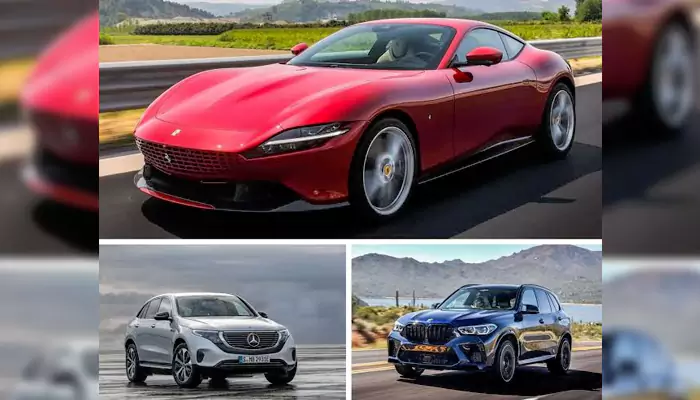
India’s luxury car market witnessed remarkable growth in 2024, with over six vehicles priced above ₹50 lakh sold every hour, a steep rise from two per hour five years ago. This surge is attributed to rising affluence and strong demand, according to The Economic Times. Automakers plan to launch over 20 new models in 2025, with sales expected to exceed 50,000 units for the first time, despite a high base effect.
Mercedes-Benz India led the market with nearly 20,000 cars sold in 2024, recording 13% growth. BMW saw a 5% increase, selling 10,556 units by September. Audi India faced a 16% sales dip due to supply issues but aims for recovery with new launches in 2025.
Luxury vehicles comprise just 1% of India’s automobile market, highlighting vast potential. Knight Frank predicts a 50% rise in ultra-high-net-worth individuals by 2028, further driving demand in this sector.
India's IPO Market Set to Soar in 2025, Poised to Lead Asia-Pacific Region
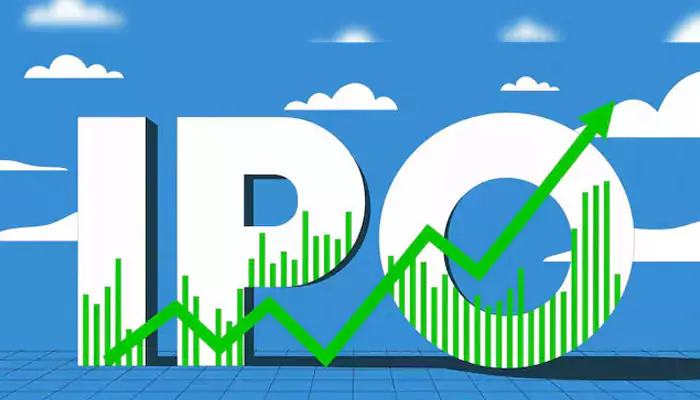
India's IPO market is set for remarkable growth in 2025, building on its robust performance in 2024. GlobalData forecasts a stronger IPO pipeline, driven by increased retail participation, domestic inflows, and resilient foreign portfolio investor (FPI) activity. Murthy Grandhi, a Company Profiles Analyst at GlobalData, noted that IPO proceeds in 2024 doubled to $11.2 billion from $5.5 billion in 2023.
Key contributors included Hyundai Motor’s $3.3 billion IPO, Swiggy’s $1.3 billion issue, and NTPC Green Energy’s $1.2 billion offering. Grandhi emphasized that government infrastructure initiatives and rising private capital expenditure would sustain this momentum, positioning India as a global IPO leader, particularly in the Asia-Pacific (APAC) region.
Other APAC countries also saw IPO growth, with Japan's proceeds soaring 275% to $12.6 billion and Malaysia up 145.9% at $1.1 billion, while China faced a 51% decline due to regulatory tightening.
India's CAD to Rise Above 2% in Q3 FY25 Amid Gold Import Surge, BoP Surplus Cushions Impact

India’s Current Account Deficit (CAD) is projected to exceed 2% of GDP in Q3 FY25, primarily due to a spike in gold imports, according to Bank of Baroda. Nonetheless, robust services exports and steady remittance inflows are expected to limit the annual CAD to 1.2%-1.5% of GDP.
In Q2 FY25, CAD narrowed to 1.2% of GDP from 1.3% a year earlier. The merchandise trade deficit widened to USD 75.3 billion, driven by a USD 5 billion surge in gold imports. Meanwhile, the capital account surplus grew to USD 11.9 billion, boosted by Foreign Portfolio Investment (FPI) inflows of USD 19.9 billion, up from USD 4.9 billion last year.
Despite a Balance of Payments surplus of USD 18.6 billion in Q2 FY25, Bank of Baroda cautioned that a strong US dollar and weak FPI inflows could pressure the rupee, which is expected to trade at 84-85.5/USD.
Rural Consumption Rises as Food Inflation Drives Higher Spending: HCES 2023-24
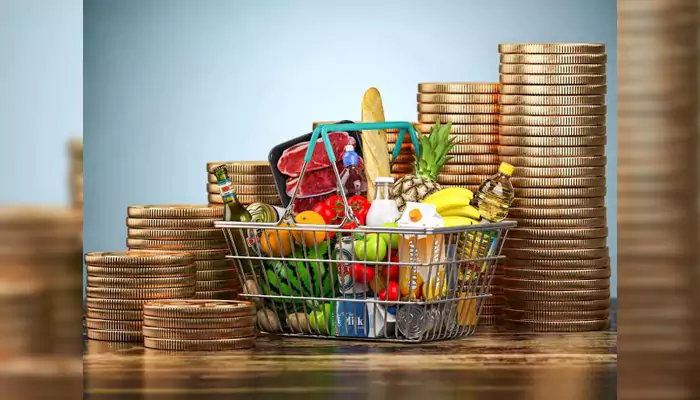
The Household Consumption Expenditure Survey (HCES) 2023-24 reveals that food's share in average monthly per capita consumption expenditure (MPCE) increased in rural areas to 48.43% from 47.47% in 2022-23, and in urban areas to 40.31% from 39.7%. Cereals accounted for 7.6% of rural MPCE, up from 6.92%, and 4.8% in urban areas, rising from 4.51%.
Non-food expenditure declined in rural areas to 52.96% from 53.62% and in urban areas to 60.32% from 60.83%. The urban-rural MPCE gap narrowed to 70% in 2023-24 from 71% in 2022-23, reflecting rural consumption growth. Food inflation averaged 8.3% in 2023-24, driving higher food expenditure, while real-wage growth lagged, curbing discretionary spending.
Nominal MPCE rose by 10% in rural areas to ₹4,247 and by 8% in urban areas to ₹7,078. Lower inflation could enhance disposable income and boost demand, as noted by economists.

